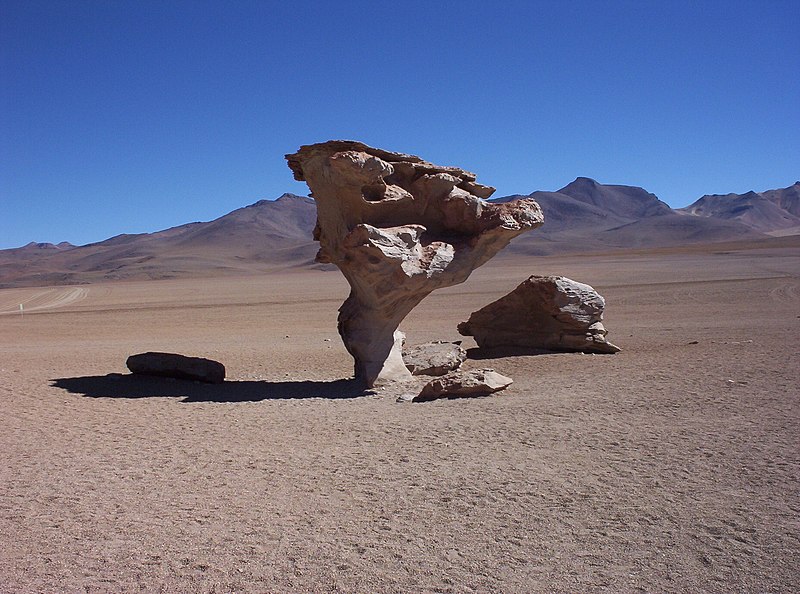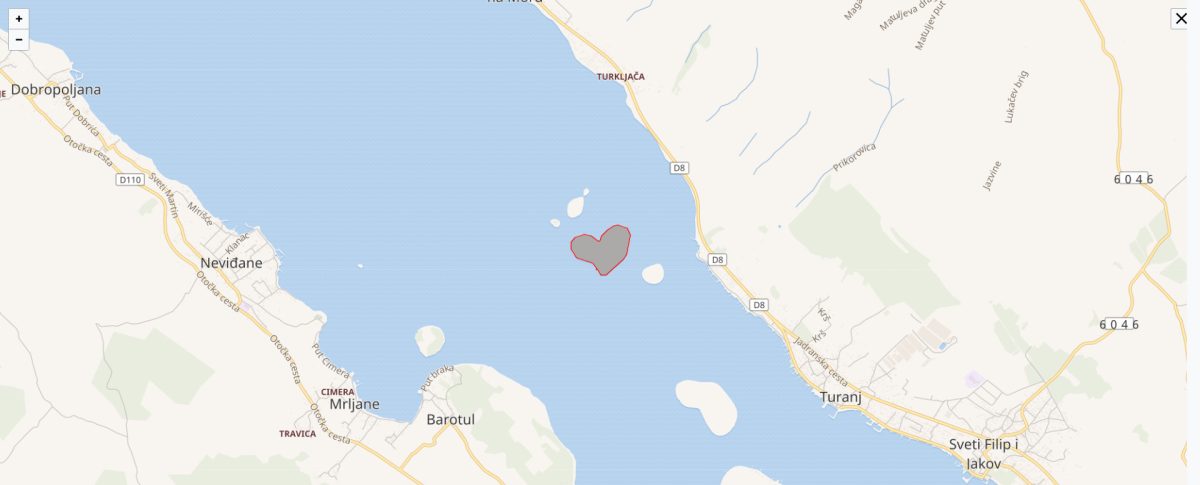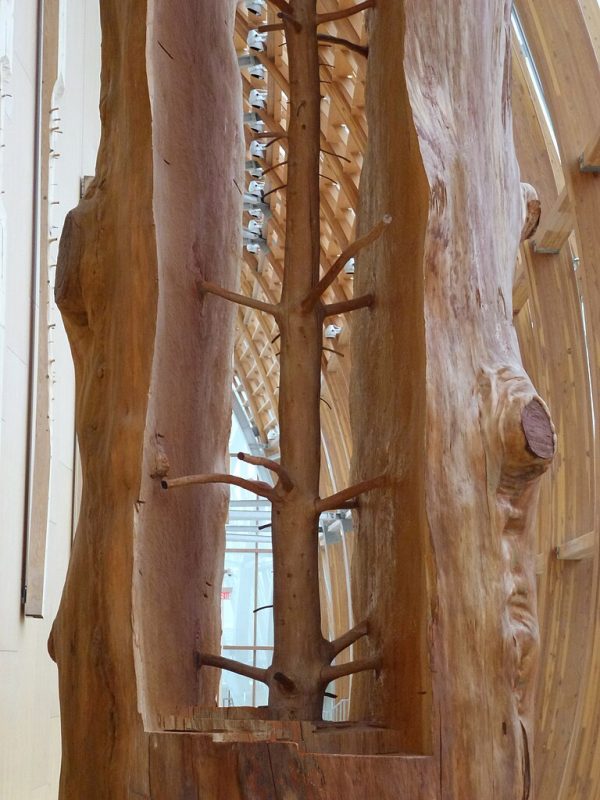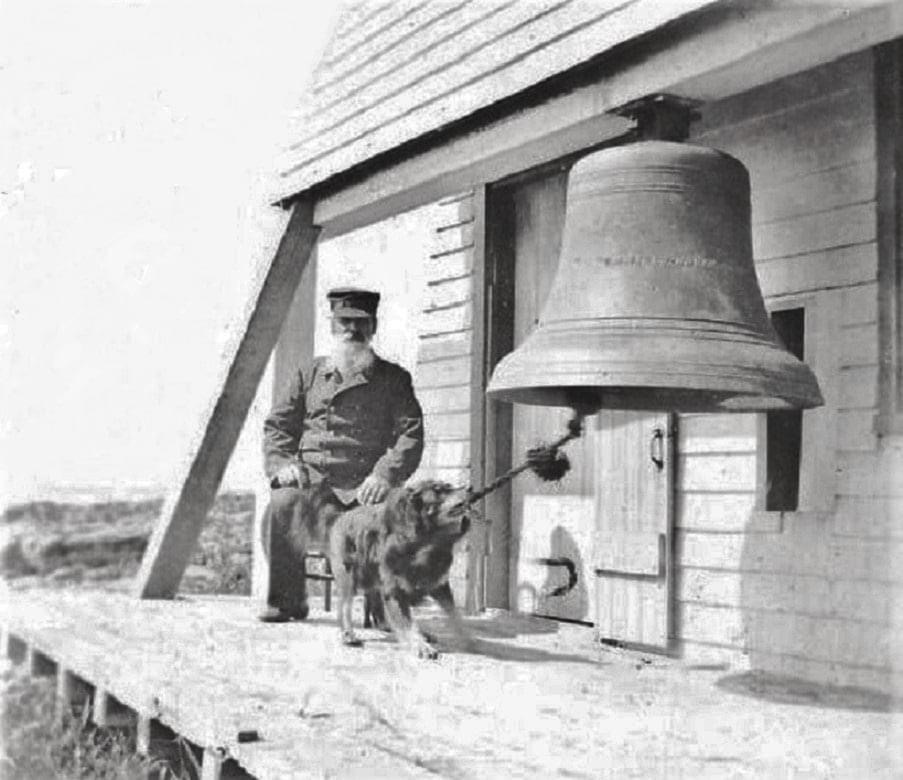
ventifact
n. a stone shaped by windblown sand

ventifact
n. a stone shaped by windblown sand
armisonous
adj. resounding with arms
The Battle of the Somme began with a weeklong artillery bombardment in which more than a million shells were fired at the German lines. A soldier describes the first day:
The sound was different, not only in magnitude but in quality, from anything known to me. It was not a succession of explosions or a continuous roar; I at least, never heard either a gun or a bursting shell. It was not a noise; it was a symphony. And it did not move. It hung over us. It seemed as though the air were full of vast and agonized passion, bursting now with groans and sighs, now into shrill screaming and pitiful whimpering … And the supernatural tumult did not pass in this direction or in that. It did not begin, intensify, decline and end. It was poised in the air, a stationary panorama of sound, a condition of the atmosphere, not the creation of man.
At the Battle of Messines in June 1917, 19 mines comprising 600 tonnes of explosives were detonated, producing the largest man-made explosions in history to that date. One witness recalled that the “earth rocked as though a giant hand had roughly shaken it.”
(John Ellis, Eye-Deep in Hell, 1989, via Joy Damousi et al., eds., Museums, History and the Intimate Experience of the Great War, 2020.)

gliff
n. an unexpected view of something that startles one; a sudden fear
irrision
n. the act of sneering or laughing derisively; mockery; derision
mortiferous
adj. bringing or producing death
proceleusmatic
adj. inciting, animating, or inspiring
Photographer Philippe Halsman took three hours to pose seven women in the shape of a skull for his surrealistic portrait In Voluptas Mors, after a sketch by Salvador Dalí, who’s seen in the foreground. Director Jonathan Demme borrowed the idea for the one-sheet poster for his 1991 film The Silence of the Lambs — the skull image on the “death’s head moth” is a miniature version of the same tableau.

argute
adj. sharp, as a taste
missment
n. a mistake, an error
mauvais quart d’heure
n. a short period of time which is embarrassing and unnerving
deligible
adj. worthy to be chosen
The label on Angostura bitters is larger than the bottle. When company founder Johann Siegert died, his sons planned to enter the tonic in a competition and divided the preparatory work between them. One oversaw the design of a new bottle, the other of a new label. They failed to coordinate the work, and by the time the mismatch was apparent they had no choice but to use the oversize labels. The oddity was so distinctive that it’s been retained as a branding measure.
(Thanks, Colin.)

rarachose
adj. rare, unusual
selcouth
adj. extraordinary in appearance
cordate
adj. heart-shaped
trothplight
n. engagement to be married
The Croatian islet Galešnjak, in the Pašman Canal of the Adriatic Sea, is one of the few naturally occurring heart-shaped objects in the world.
It’s uninhabited, but the family that owns it provides facilities for engagements and weddings.

monoxylous
adj. made out of a single trunk or piece of timber
For this 2011 work, Italian artist Giuseppe Penone carved away the successive growth rings of a fir tree, revealing the sapling of its early days.
“My artwork shows, with the language of sculpture, the essence of matter and tries to reveal with the work, the hidden life within.”

daymark
n. a mark to help navigators to find their way
nimbiferous
adj. bringing storms or showers
kenspeckle
adj. easily recognizable, conspicuous
onymous
adj. having a name
During World War II, pilots in northern Australia noted that an enormous thunderstorm formed daily between September and March on the Tiwi Islands in the Northern Territory. Regularly reaching heights of 20 kilometers, “Hector the Convector” is one of the world’s largest thunderstorms, an object of concentrated study by meteorologists, and a relative oddity — a cloud with a name.

obeliscolychny
n. a lighthouse
morsure
n. the act of biting
salvediction
n. salutation on meeting
grandisonant
adj. stately-sounding
In 1900, a collie on Wood Island in Saco Bay, Maine, gained international fame for ringing the lighthouse’s fog bell to greet passing ships. “When ‘Sailor,’ for that is what he is called, sees a vessel passing the lighthouse he runs to the bell, and with a quick, sharp bark seizes the short rope between his teeth and rings several times,” wrote a correspondent to the Strand.
“As the years have passed ‘Sailor’ has kept on ringing salutes to passing vessels and steamers,” observed the Boston Herald. “Indeed, he feels hurt if not permitted to give the customary salute to passing craft, while skippers whose course takes them often past Wood Island are accustomed to see ‘Sailor’ tugging viciously at the bell rope. They reply with a will on their ship’s bell or horn, and in case of steamers a hearty triple blast is sent back to the watcher of Wood Island, who gives a new meaning to the good old sea term of ‘dog watch.'”
(Thanks, Frank.)
passeggiata
n. a leisurely walk
In the ancient world, distances were sometimes measured by pacing. Specialists known as bematists were employed for this purpose in both Egypt and Greece, and their accuracy could be startling: In his Naturalis Historia, Pliny the Elder notes that two bematists employed by Alexander the Great had measured the distance from Hecatompylos to Alexandria Areion on the Silk Road at 851 kilometers. The actual distance is 855 kilometers, a deviation of just 0.4 percent. In general, according to Pliny’s records, Alexander’s bematists showed a median deviation of just 2.8 percent from the true distances; a separate account by Strabo shows a median deviation of only 1.9 percent.
This accuracy suggests that the bematists may have been using an early odometer, such as one described by Heron of Alexandria, though the records don’t mention this.
12/30/2023 UPDATE: Reader Charlotte Fare has made a data visualization. (Thanks, Charlotte.)

greenth
n. green vegetation; the state or quality of being green